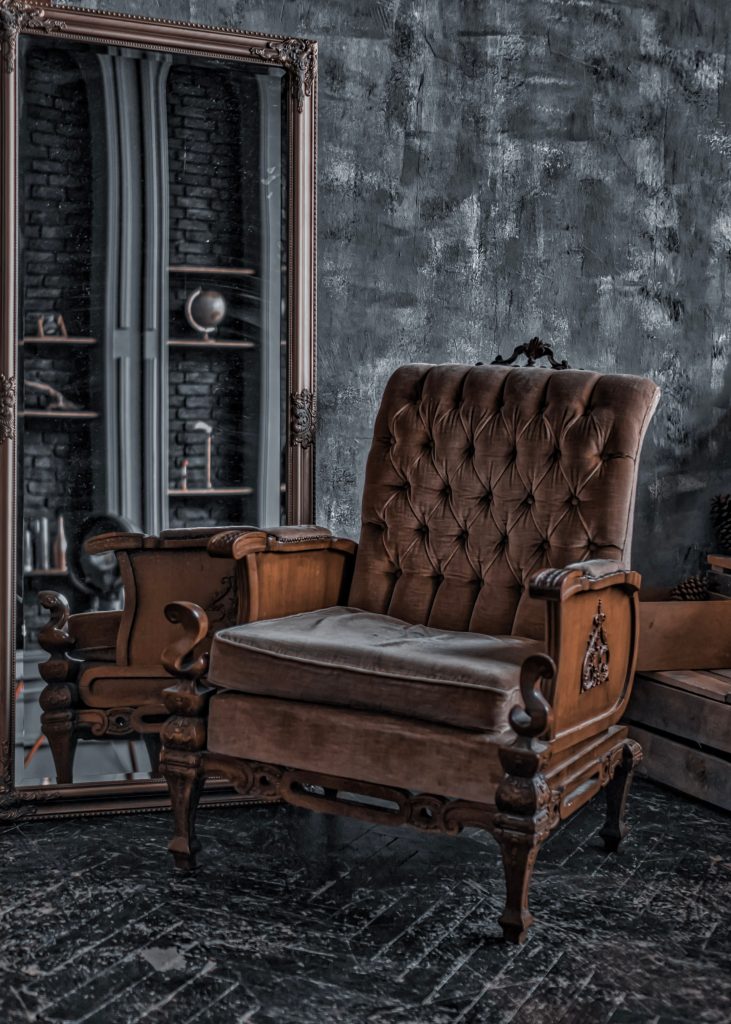If you’re looking to refinish your aged and worn-out wood furniture, staining is one of the best techniques to use. Staining transforms the look of your furniture by better emphasizing the wood grain. In addition to making old wood look new again, staining can extend the life of your furniture by protecting its surface from the effects of the elements. It also preserves the natural look of wood.
However, knowing the right wood stain to use for your refinishing project isn’t always easy, and there are a lot of factors you must consider if you want to achieve your desired look the first time. To ensure successful furniture restoration, it’s crucial to have a good understanding of different wood stains and their application techniques.
Below is a guide to help you choose the best stain for your wood furniture.
Start with Wood Type
Before you even begin matching wood with stains, you need to have a good knowledge of what type of wood you are working with. This is because the properties of each wood type will influence the look of your final product. Woods that are highly porous tend to absorb more stain, so areas that are more penetrable can darken easily. Newer wood (or wood that has never been treated with solvents) doesn’t absorb stains as much as aged (or stripped down) wood does.
Some wood species may also take stains better than others. Hardwoods such as oak and ash are the easiest to stain white pine, birch, and cherry tend to blotch when stained. Sealing the wood before staining can however help even out the tone when staining these types of wood.
Understand the Different Types of Wood Stains
There are three types of wood stains that can be used for furniture refinishing, and each one has its own unique properties and benefits. These three wood stain types are;
Oil-based Stains- Traditionally used for refinishing, oil-based stains provide a very deep and rich colour that is fade-resistant. They also protect against moisture and extreme temperatures, making them an ideal choice for outdoor furniture.
Oil-based stains offer endless colour choices, and they can be easily found in most home improvement and hardware stores. The one downside of oil-based stains is their long drying time and strong fumes, which may cause irritation to the eyes and nose.
Water-based Stains-These are becoming quite popular for refinishing, and their increasing popularity can be attributed to their ease of use and cleanup. Water-based stains also leave a finish that is similar to oil-based stains, only with faster drying times. They don’t emit fumes (best for indoor furniture), and their coverage is excellent. Water-based stains also offer a wide range of colours with transparent and semi-transparent options available.
Gel Stains- This type of stain offers a thick and gel-like consistency. It can be easily spread over a variety of surfaces, including wood. They also come in oil or water-based formulas, and compared to other types of wood stain, they provide excellent coverage with fewer coats.
Knowing the difference between the different types of wood stains can help you make the right choice for your furniture. For example, water-based stains are ideal for refinishing indoor furniture since they dry easily and produce no fumes. If you’re looking to change the colour of the stain on your furniture without stripping its finish, gel stains are the way to go.
Complement Instead of Matching
A lot of people often insist on precisely matching the colour of their refinished furniture to the existing colour scheme of their house. This doesn’t always have to be the case. You can opt for choosing a stain that complements the colour scheme of a room instead of trying to match the cabinets and flooring perfectly.
When choosing a colour, also think of the tones in your room and pick options that complement those tones. Darker stains and natural finishes are usually perfect for a contemporary look. For a more traditionally styled home, red-brown or reddish stains are ideal.
Take Lighting Into Consideration
The lighting of a room can impact how things look. The stain you choose may look different under artificial and natural lighting, so it is important to really consider what the stain you choose would look like in real-time light.
Avoid Trends
Trends are great, but you do not always have to follow them. The last thing you need is to invest your time and money into refinishing your furniture based on a trend that is most likely temporary. Take your time to really consider what you like, what your personal style is and how you will feel about it in 10-20 years. Once you’ve settled on a look, you can then proceed to choose a wood stain that will give you that look.
Test Your Stains
Sometimes the stain you choose may end up looking different from what you thought, so it is important that you test out each stain on an inconspicuous spot on your furniture (bottom of a table, inside wall of a bookshelf) before proceeding to stain the entire piece. Make sure to let the stain dry completely before using it on the rest of the piece.
Conclusion
Staining is an excellent way to refinish and breathe new life into aged wood furniture. However, choosing the perfect stain can be a little tricky. Factors like wood type, stain type, and lighting will need to be considered in order to achieve the desired results. At the end of the day, the best type of stain for your wood is the one that can give you results that match your style and preference.







